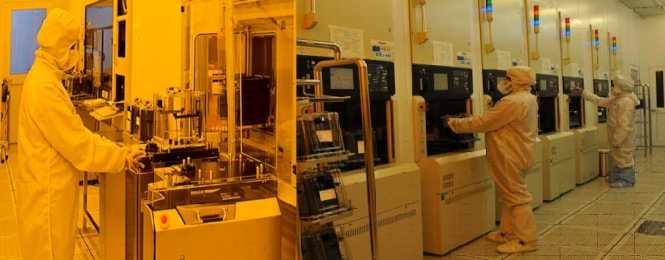ISRO signs first contract to build two satellites
The Indian Space Research Organisation (ISRO) has signed the first contract for an industry-built spacecraft with a consortium of six companies based in Bengaluru.
The contract includes the assembly, integration and testing (AIT) of two spare navigation satellites in 18 months. It was signed on Friday between M. Annadurai, director of ISRO Satellite Centre (ISAC), and the consortium lead, Alpha Design Technologies P Ltd.
ISAC assembles the country's satellites for communication, remote sensing and navigation.
After two years, the consortium will make about half a dozen spacecraft of 300-500-kg category a year with an assured buyback from ISRO and possibly for export, Col. H.S.Shankar (retd), CMD of Alpha Design, told
The Hindu.
While the ISRO has purchased sub-systems from its suppliers, this is the first time that it will be outsourcing entire satellites to industry, Col. Shankar said
.
Alpha is a defence manufacturing contractor while the others are small and medium-sized companies which already supply components to ISRO's programmes.
In the coming days, ISAC will train about 70 skilled personnel from the six companies at its facilities in building the first satellite, which is to be completed in about nine months.
"The second spacecraft will be made entirely by us but at ISRO's readily available facilities. From the second year onwards, the consortium must provide four to five [small- to medium-sized] satellites each year," Col. Shankar said.
ISAC said, "In order to meet the growing demands of satellites realisation, ISAC has been looking [for] active participation of industry in assembly, integration and testing of standard ISRO satellites. As part of this initiative, a contract was awarded to a consortium of six companies led by Alpha Design Technologies Private Ltd."
Dr. Annadurai had said in September that two spare navigation satellites would be the first lot to be outsourced. The seven-satellite Indian Regional Navigation Satellite System (IRNSS) is already in orbit, awaiting formal operations.
ISRO Chairman A.S.Kiran Kumar has frequently spoken about backlog of satellite production in the midst of galloping demands; the need is to double the number if ISRO must meet the requirements of all its users in communication, remote-sensing and the new navigation satellites.
The space agency had hosted a few vendor meetings to find partners to build its satellites.
Col. Shankar said over the next two years, the consortium planned to invest Rs. 150 crore to set up new, dedicated facilities near ISRO's Spacecraft Integration Test Establishment (ISITE) here in Marathhalli. Alpha alone would put in Rs. 20 crore in the next 18 months.
http://www.thehindu.com/news/cities...t-to-build-two-satellites/article16792424.ece


















